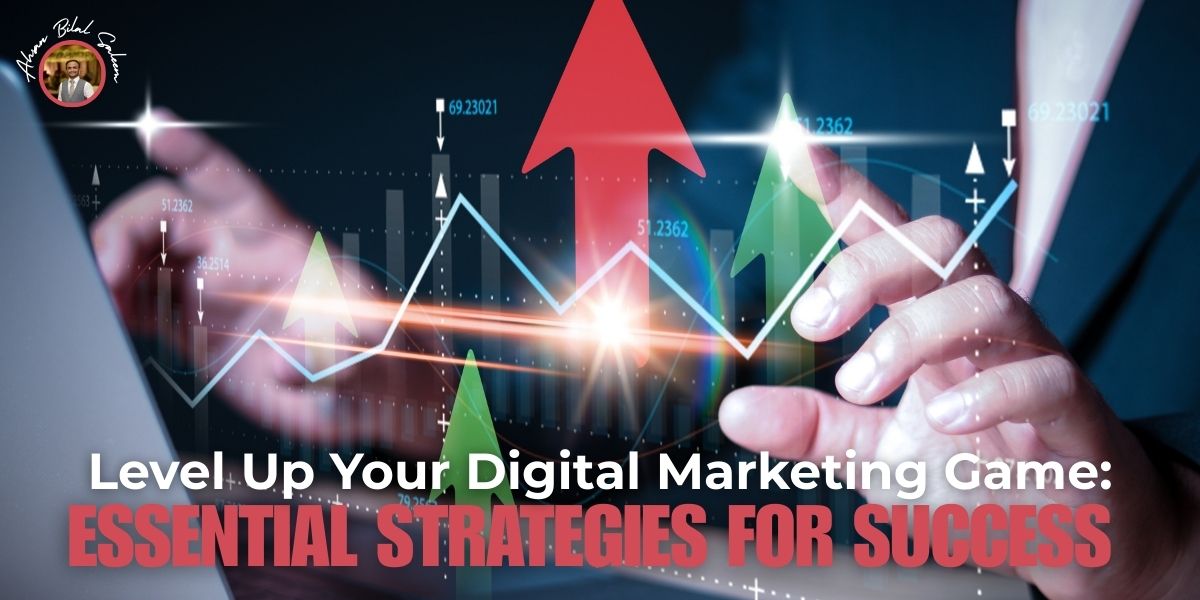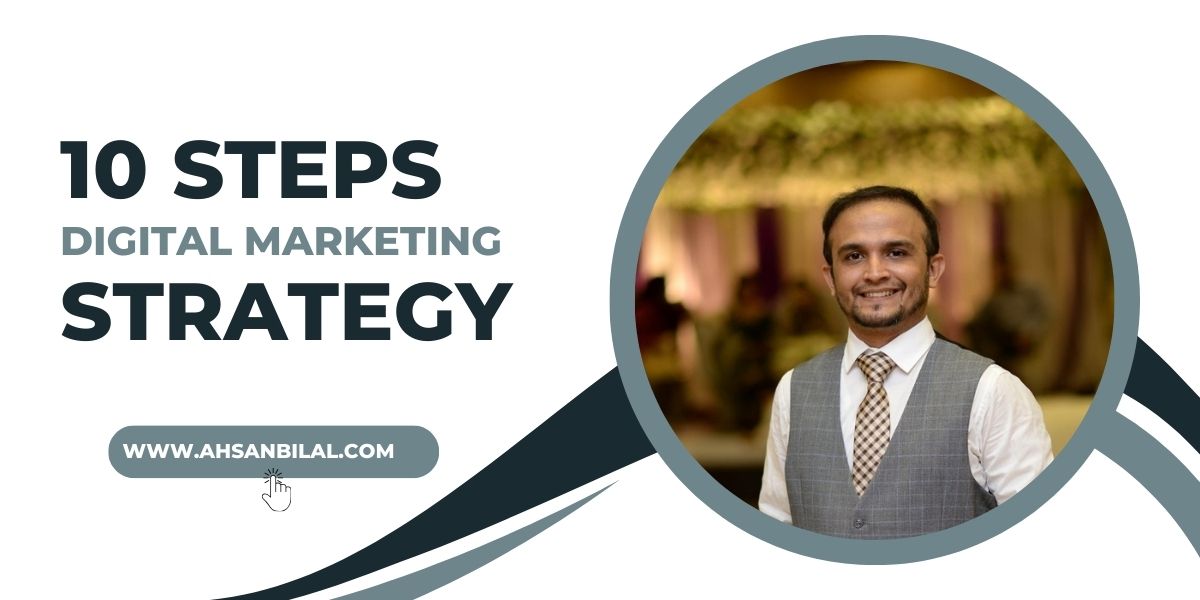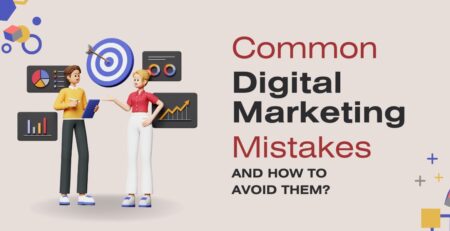Level Up Your Digital Marketing Game: Essential Strategies For Success
In today’s fast-paced digital landscape, staying ahead in digital marketing requires more than just a basic online presence. To thrive, brands need to adopt innovative strategies, engage effectively, and continuously optimize their approaches. Whether you’re a budding business owner or a seasoned marketer, elevating your digital marketing game can significantly impact your business success. Here’s a comprehensive guide on essential strategies to enhance your digital marketing efforts.
Focus on Data-Driven Decisions
Data is the backbone of successful digital marketing. With the power of analytics tools, you can track every action taken by your audience. By monitoring metrics like website traffic, click-through rates (CTR), bounce rates, and conversion rates, you can better understand what’s working and what needs improvement.
Best Practice: Implement a Customer Relationship Management (CRM) system or a tool like Google Analytics. These tools provide insights into audience demographics, behaviors, and preferences, enabling you to make data-driven decisions that drive results.
Optimize for Search Engines (SEO)
Search engine optimization (SEO) remains one of the most crucial strategies for digital marketing success. By optimizing your website for search engines, you can increase visibility, drive organic traffic, and improve your ranking on search engine results pages (SERPs). SEO involves using relevant keywords, optimizing page load speeds, creating high-quality content, and ensuring a mobile-friendly experience.
Best Practice: Focus on both on-page SEO (meta titles, meta descriptions, keyword optimization) and off-page SEO (backlinking from reputable sources). Additionally, keep an eye on Google algorithm updates to stay compliant with search engine guidelines.
Develop High-Quality, Evergreen Content
Content is king, but the kind of content you create matters immensely. High-quality, evergreen content not only boosts SEO rankings but also provides long-term value to your audience. Evergreen content addresses topics that remain relevant over time, attracting consistent traffic and building authority.
Best Practice: Incorporate different content types like blog posts, how-to guides, whitepapers, and videos. Aim to answer common questions and provide solutions that help your audience in a meaningful way.
Leverage Social Media Effectively
With billions of users worldwide, social media is a powerhouse for digital marketing. Platforms like Facebook, Instagram, LinkedIn, and Twitter allow brands to reach vast audiences, engage with followers, and build brand loyalty. Understanding each platform’s unique audience and purpose is essential to crafting effective strategies.
Best Practice: Develop platform-specific strategies. For example, use LinkedIn for B2B marketing, Instagram for visuals, and Facebook for community engagement. Paid social media campaigns are also valuable for increasing reach and targeting specific audience segments.
Embrace Video Marketing
Video content has become a vital part of digital marketing strategies, offering higher engagement rates compared to text or images alone. Videos allow you to convey complex information in an engaging way, and with platforms like YouTube, TikTok, and Instagram Reels, you can reach a large and varied audience.
Best Practice: Create diverse video content, such as product demonstrations, customer testimonials, and behind-the-scenes footage. Adding captions and optimizing video descriptions with relevant keywords can also enhance visibility on platforms.
Utilize Email Marketing for Personalized Communication
Email marketing remains one of the most cost-effective channels for digital marketing. Personalized emails foster a direct relationship with customers and can help guide them through the buying journey. From welcome emails to personalized recommendations, email marketing is a great tool to nurture and retain customers.
Best Practice: Use email segmentation to deliver tailored content to different customer groups. Employ automation to send timely follow-ups, and test subject lines and send times to optimize open rates.
Prioritize Mobile Optimization
With more people using mobile devices for browsing, shopping, and socializing, mobile optimization is no longer optional. A responsive, fast-loading mobile site is essential to keeping users engaged and satisfied. Google also considers mobile-friendliness a ranking factor, so optimizing for mobile can help boost your SEO efforts as well.
Best Practice: Design with mobile-first in mind. Ensure all buttons are easily clickable, content is readable without zooming, and images are optimized to load quickly on mobile devices.
Engage in Influencer Marketing
Influencer marketing allows you to reach targeted audiences by leveraging trusted figures in your industry. Partnering with influencers who have loyal followers can help enhance brand visibility, drive engagement, and increase credibility. Influencers can promote your products authentically, creating a more meaningful connection with your audience.
Best Practice: Select influencers whose followers align with your target audience. Look beyond follower count and consider engagement rates and content quality. Track the performance of influencer partnerships to assess ROI.
Invest in Paid Advertising (PPC)
Paid advertising, such as pay-per-click (PPC) campaigns, can help drive quick and targeted traffic to your website. Google Ads, social media ads, and retargeting campaigns allow you to reach people actively searching for products or services similar to yours. PPC can complement your organic efforts by filling in the gaps and providing an immediate traffic boost.
Best Practice: Begin with a clear budget and goals. Use A/B testing to optimize ad performance, and regularly monitor campaigns to adjust bids, keywords, and targeting as needed.
Use Marketing Automation to Streamline Efforts
Marketing automation tools simplify repetitive tasks, saving you time and resources. Automation enables you to nurture leads, send personalized content, and schedule social media posts consistently. With the ability to automate tasks, your marketing team can focus on higher-level strategies.
Best Practice: Use tools like HubSpot, Mailchimp, or Buffer for automating tasks. Make sure your automation feels personal by customizing messages and timing to match customer behavior and engagement patterns.
Continuously Test and Optimize
Digital marketing is not a one-size-fits-all solution. Continuous testing allows you to identify what resonates best with your audience and improve your strategies over time. A/B testing, in particular, is a powerful method to compare two versions of a webpage, email, or ad and determine which performs better.
Best Practice: Test elements like headlines, images, calls-to-action (CTAs), and design layouts. Leverage insights from these tests to make data-driven adjustments and continuously optimize your campaigns.
Monitor Competitors
Keeping an eye on your competitors can provide valuable insights into emerging trends, strategies, and potential opportunities. Tools like SEMrush and Ahrefs enable you to monitor competitors’ keywords, backlinks, and content strategies, allowing you to adjust your approach accordingly.
Best Practice: Regularly review competitors’ content, ad campaigns, and social media engagement. Identify gaps in their strategy that you can fill and adjust your strategies to stay competitive.
Final Thoughts
Achieving digital marketing success is an ongoing journey that requires continuous learning, experimentation, and adaptation. By focusing on data-driven decisions, optimizing for search engines, leveraging social media, and embracing video content, you can significantly elevate your digital marketing efforts.










